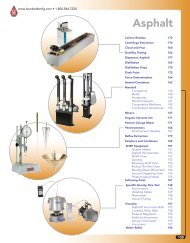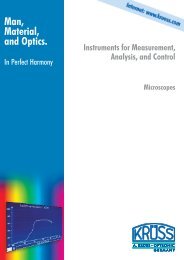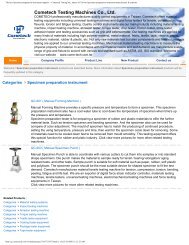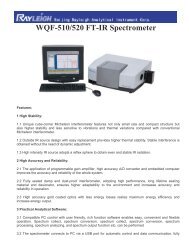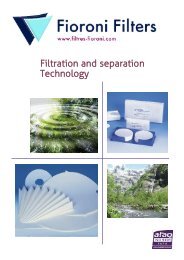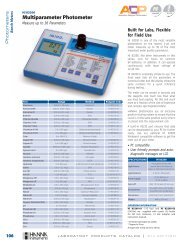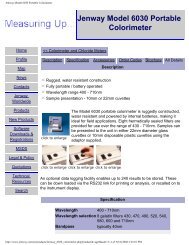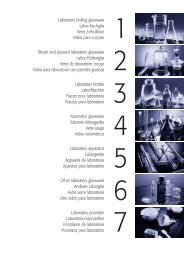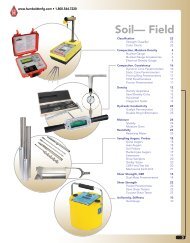Esco Labculture® Plus Class II Type A2 Biosafety Cabinet - Comlibris
Esco Labculture® Plus Class II Type A2 Biosafety Cabinet - Comlibris
Esco Labculture® Plus Class II Type A2 Biosafety Cabinet - Comlibris
You also want an ePaper? Increase the reach of your titles
YUMPU automatically turns print PDFs into web optimized ePapers that Google loves.
15<br />
A Guide To <strong>Biosafety</strong> And <strong>Biosafety</strong> <strong>Cabinet</strong>s<br />
11. Personal protective equipment<br />
Personal protective clothing should be worn whenever using a BSC. Laboratory<br />
coats are acceptable for work being performed at <strong>Biosafety</strong> Levels 1 and 2.<br />
A solid front, back-closing laboratory gown provides better protection and<br />
should be used at <strong>Biosafety</strong> Levels 3 and 4 (except for suit laboratories).<br />
Gloves should be pulled over the wrists of the gown rather than worn inside.<br />
Elasticized sleeves can be worn to protect the investigator’s wrists. Masks<br />
and safety glasses may be required for some procedures.<br />
12. Alarms<br />
BSCs can be equipped with one of two kinds of alarm. Sash alarms are found<br />
only on cabinets with sliding sashes. The alarm signifies that the operator<br />
has moved the sash to an improper position. Corrective action for this type<br />
of alarm is returning the sash to the proper position. Air-flow alarms indicate<br />
a disruption in the cabinet’s normal air-flow pattern. This represents an<br />
immediate danger to the operator or product. When an air-flow alarm sounds,<br />
work should cease immediately and the laboratory supervisor should be<br />
notified. Manufacturers’ instruction manuals should provide further details.<br />
Training in the use of BSCs should cover this aspect.<br />
13. Supplementary Information<br />
Selecting the correct type of BSC, installing it, using it properly and annually<br />
certifying its operation are complex processes. It is highly recommended<br />
that they proceed under the supervision of a well-trained and experienced<br />
biosafety professional. The professional should be highly familiar with the<br />
relevant literature listed in the References section, and should have been<br />
trained on all aspects of BSCs. Operators should receive formal training in<br />
the operation and use of BSCs.



